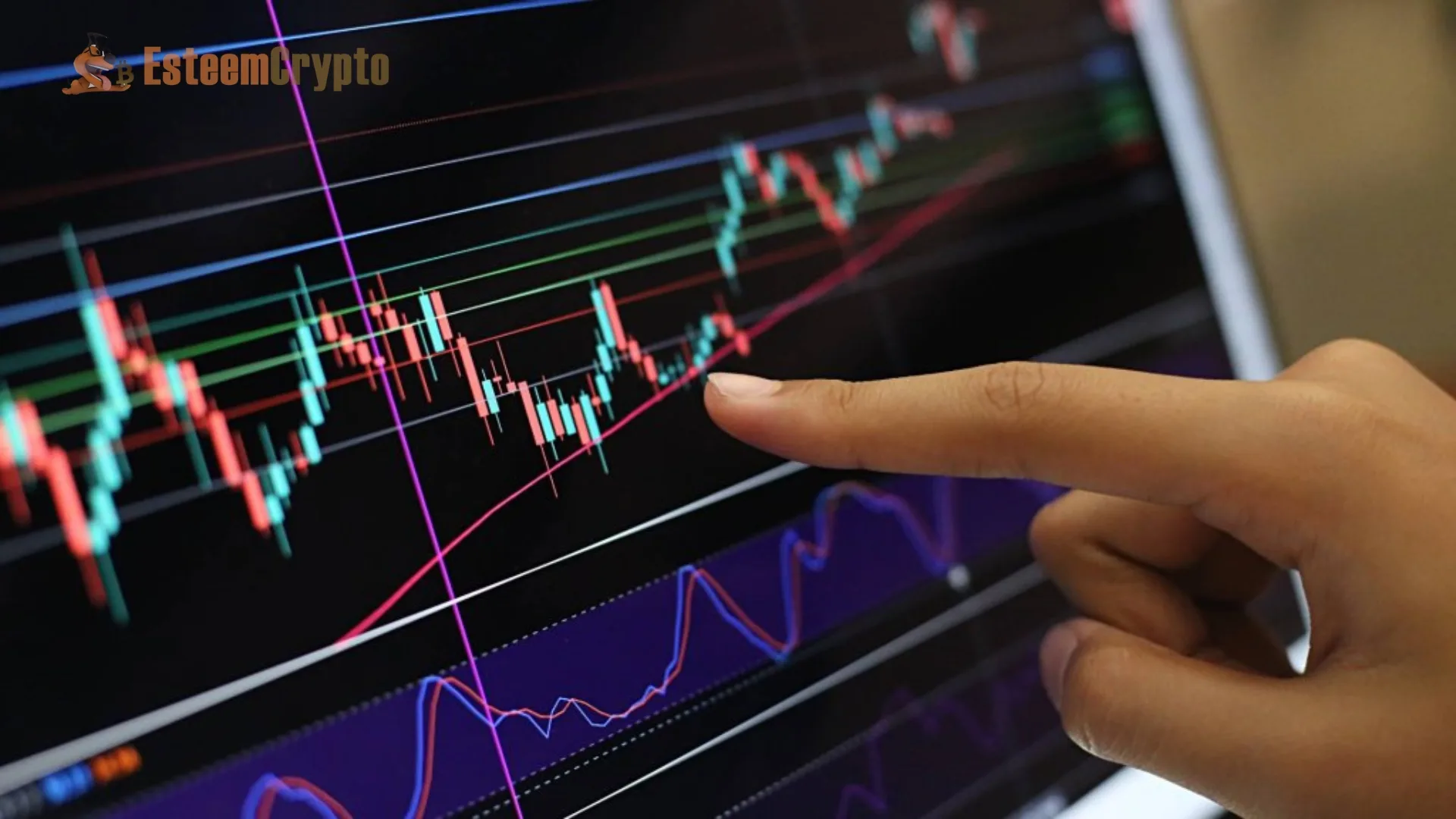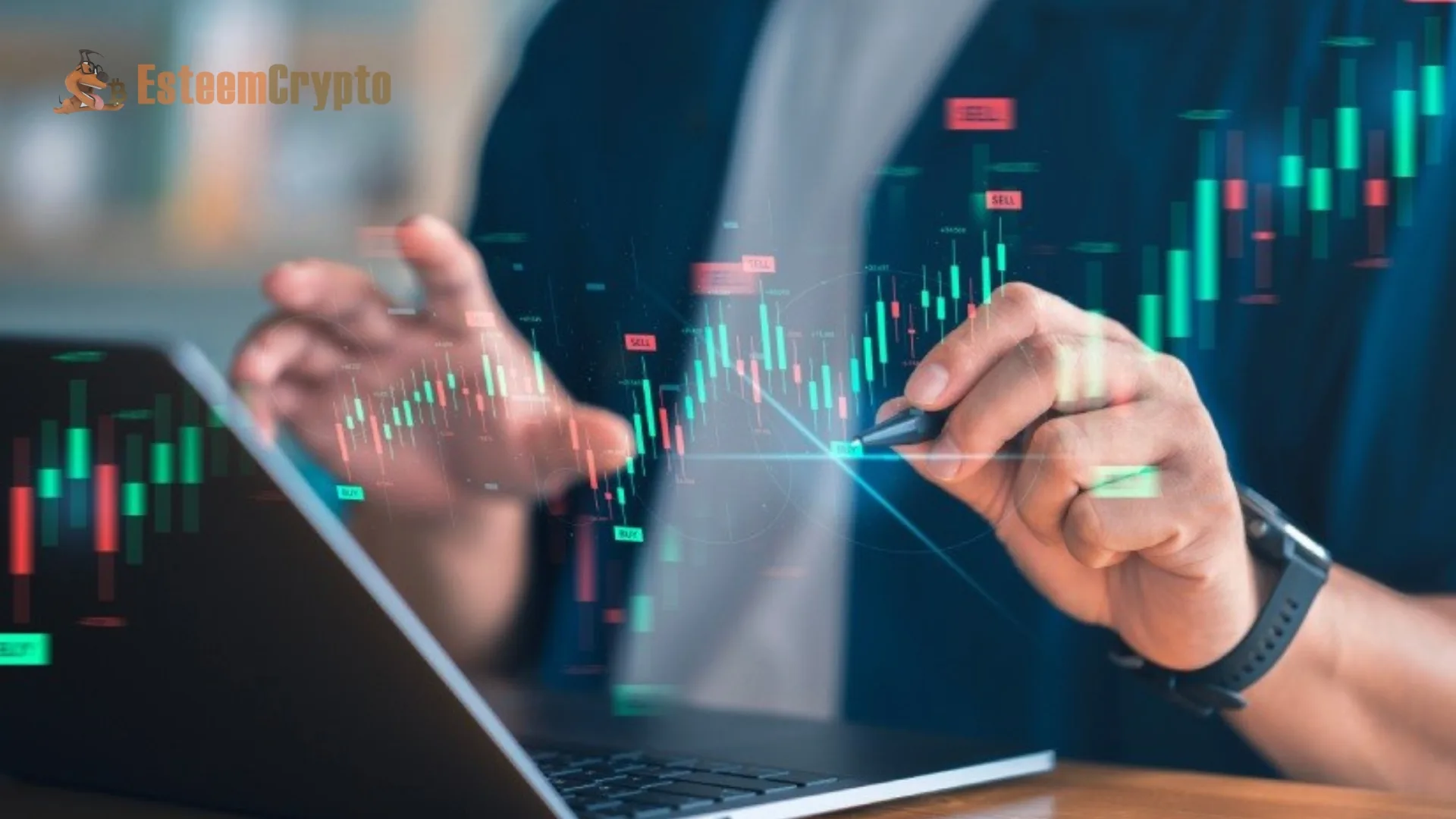Learn Crypto Futures trading in cryptocurrencies has exploded in popularity recently, allowing investors to wager on cryptocurrency prices without holding any assets. Once understood, this complex trading approach has the potential to generate substantial gains. It is not without its dangers. If you want to go into futures as an investor or trader, it’s vital to understand the fundamentals.
What is Crypto Futures Trading?
Trading in bitcoin futures entails committing to the purchase or sale of cryptocurrency at a future date and price that has already been determined. Traders can benefit from the asset’s price swings through these contracts, which do not necessitate physical possession of the cryptocurrency. Leverage is a common feature of futures contracts, allowing traders to open positions that exceed their account balance. This has the potential to increase gains or losses.
Key Features of Crypto Futures Trading
Leverage, which lets traders manage bigger positions, the ability to short assets, and contract expiration dates that can be either fixed or perpetual—all of which allow for flexible trading methods and speculation on price movements—are key elements of crypto futures trading.
Leverage
Through leverage, traders can hold a huge position with relatively small capital investments. Using a leverage of 10x, for instance, a trader can open a position worth $10,000 with only $1,000 in their financial resources. Even if leverage has the potential to improve returns, it also raises the chance of suffering significant losses.
Shorting
This means that traders can “short” cryptocurrencies, which means they are betting against the cryptocurrency’s price. A short position can be opened if you believe that the price of Bitcoin will decrease shortly. If the price drops as anticipated, you can profit from the downward movement.
Expiration Date
Unlike spot trading, which involves instant transactions, futures contracts have a period before expiration. Certain contracts are settled on a particular day. In contrast, perpetual futures contracts do not have an expiration date and can be held indefinitely as long as the margin conditions are met.
How to Start Trading Crypto Futures
Select a trustworthy exchange that deals in futures contracts before you begin trading cryptocurrency futures. Please learn its trading interface, open an account, and try some practice accounts. Make trades informed by fundamental and technical analysis, and set up a risk management plan to keep your money safe.
Choose a Reliable Exchange
To begin trading cryptocurrency futures, the first step is to choose a platform with a good reputation. Binance, Bybit, and Kraken are examples of exchanges that provide services for trading cryptocurrency futures. It would be best if you looked for qualities such as user-friendly interfaces, cheap fees, great liquidity, and solid security protocols for your cryptocurrency exchange.
Understand the Trading Interface
After you have decided on an exchange, you should become comfortable with the trading interface that it provides. Some of the most important components are the charts, the order book, and the instruments for technical analysis. Most exchanges offer demo accounts or paper trading choices to assist you in getting some practice before you start trading with real money.
Use Technical and Fundamental Analysis
Combining technical and fundamental analysis is the key to successful futures trading. To foretell how prices will move in the future, technical analysts examine price charts, patterns, and indications. If you want to know how the news, market mood, and blockchain advances could influence the price of cryptocurrencies, you need to do some fundamental research.
Set Up a Risk Management Strategy
Crypto futures are highly volatile, and using leverage can amplify risks. To mitigate potential losses, setting up a risk management plan is crucial. This includes setting stop-loss orders to automatically close losing positions and avoid trading with your entire capital.
Strategies for Trading Crypto Futures
Crypto futures traders can benefit from three main approaches: scalping, in which they make small trades frequently; swing trading, in which they hold positions for longer periods to catch bigger price movements; and hedging, in which they protect themselves from price fluctuations by taking opposing positions in the futures market.
Scalping
The short-term trading method known as “scalping” aims to capitalize on minute or hourly price changes by quickly opening and closing numerous positions. Accurate entry and exits, as well as speedy decision-making, are prerequisites for this strategy. The ability to apply leverage makes futures scalping quite popular.
Swing Trading
In swing trading, the focus is on price movements that occur over a medium period, and positions are held for several days or weeks. To capitalize on larger price swings, swing traders examine longer-term trends and strive to capture them. Traders can handle their holdings with greater consideration while using this approach, which is less chaotic than scalping.
Hedging
Employing futures contracts as a hedge against price volatility is another possible application. If you have a long position in a cryptocurrency on-the-spot market, you can protect yourself from losses by opening a short position in the futures market. This will allow you to hedge against a marked asset price decrease—challenges.
Risks and Challenges of Crypto Futures Trading
High volatility can cause substantial losses, the possibility of liquidation if margin requirements aren’t satisfied, and psychological stress due to quick market fluctuations are all obstacles and risks that crypto futures traders face. Traders must practice self-discipline and risk management because leverage can magnify losses.
Volatility
Trading futures, a form of leverage, accentuates the inherent volatility of cryptocurrencies, which is already a risky asset class. A liquidation occurs when the exchange automatically terminates a position when the account balance is no longer sufficient to support the open transaction. This can occur when there is a rapid swing in the price value.
Liquidation
The position is automatically closed due to liquidation, which occurs when a trader’s losses exceed their margin balance because of the situation. Leveraged trading raises the possibility of liquidation, which is especially problematic in highly volatile markets. To avoid liquidation, it is essential to establish suitable stop-loss levels and to conduct leverage management responsibly.
Psychological Stress
There is a potential for severe psychological stress to be caused by the high volatility and fast-paced nature of trading in cryptocurrency futures. Maintaining discipline, adhering to your strategy, and regulating your emotions are necessary since fear and greed frequently lead to bad decision-making. This is why it is essential to manage your emotions.
Best Practices for Crypto Futures Trading
When trading cryptocurrency futures, starting with a small amount of money, it is wise to spread your bets, diversify your assets, and keep up with market news and trends. You may minimize risk and improve your trading results by using stop-loss orders and a disciplined strategy.
Start Small
When beginning to trade futures, it is recommended that you begin with a modest quantity of capital and a moderate level of leverage. Your position sizes should gradually increase as you gain expertise and confidence.
Diversify
It would be best to avoid investing all of your money in a single trade. Your exposure to the possibility of suffering big losses can be mitigated by diversifying your bets among various marketplaces or cryptocurrencies.
Also Read: Understanding Crypto Funding Rates: A Detailed Guide
Stay Informed
The cryptocurrency market is affected by several factors, including advances in regulatory policies, trends in the macroeconomic environment, and modern technological improvements. Maintain awareness of the news and events that may affect the market and take appropriate action to change your plans.
Use Stop-Loss Orders
One of the most important tools for risk management is a stop-loss order. If the price swings against you by a certain amount, it will immediately close a position, which will help prevent any potential losses.
Final Thoughts
Futures trading in cryptocurrency provides a rare chance to benefit from market upswings and downturns. Futures trading offers much freedom and the chance to make much money via tactics like short selling and leverage. But, especially for those without trading experience, the hazards are also high. When investing in cryptocurrency futures, it is crucial to have a firm grasp of the market, appropriate analytical tools, and a strategy to mitigate risk.
To successfully navigate the world of crypto futures and develop a long-term trading plan, it is recommended to start modestly, diversify your trades, and stay educated. Time and effort spent practicing can improve your capacity to make money in this fascinating and ever-changing industry.
FAQs
Q1.What is the difference between spot trading and futures trading in crypto?
Spot trading involves buying or selling actual cryptocurrency, whereas futures trading involves contracts to buy or sell cryptocurrency at a later date. In futures trading, you don’t own the underlying asset but speculate on its price movements.
Q2.Is crypto futures trading suitable for beginners?
Crypto futures trading is generally more advanced than spot trading due to its use of leverage and complex strategies. It’s advisable for beginners to thoroughly understand the basics and practice demo accounts before engaging in real futures trading.
Q3.How does leverage work in crypto futures trading?
Leverage allows traders to control larger positions with a smaller amount of capital. For example, using 10x leverage means that with $100, you can open a position worth $1,000. While this can increase profits, it also significantly increases the risk of losses.
Q4.What are the biggest risks of crypto futures trading?
The primary risks include volatility, liquidation due to over-leveraging, and emotional trading decisions. Using leverage can magnify gains and losses, making risk management essential in crypto futures trading.













